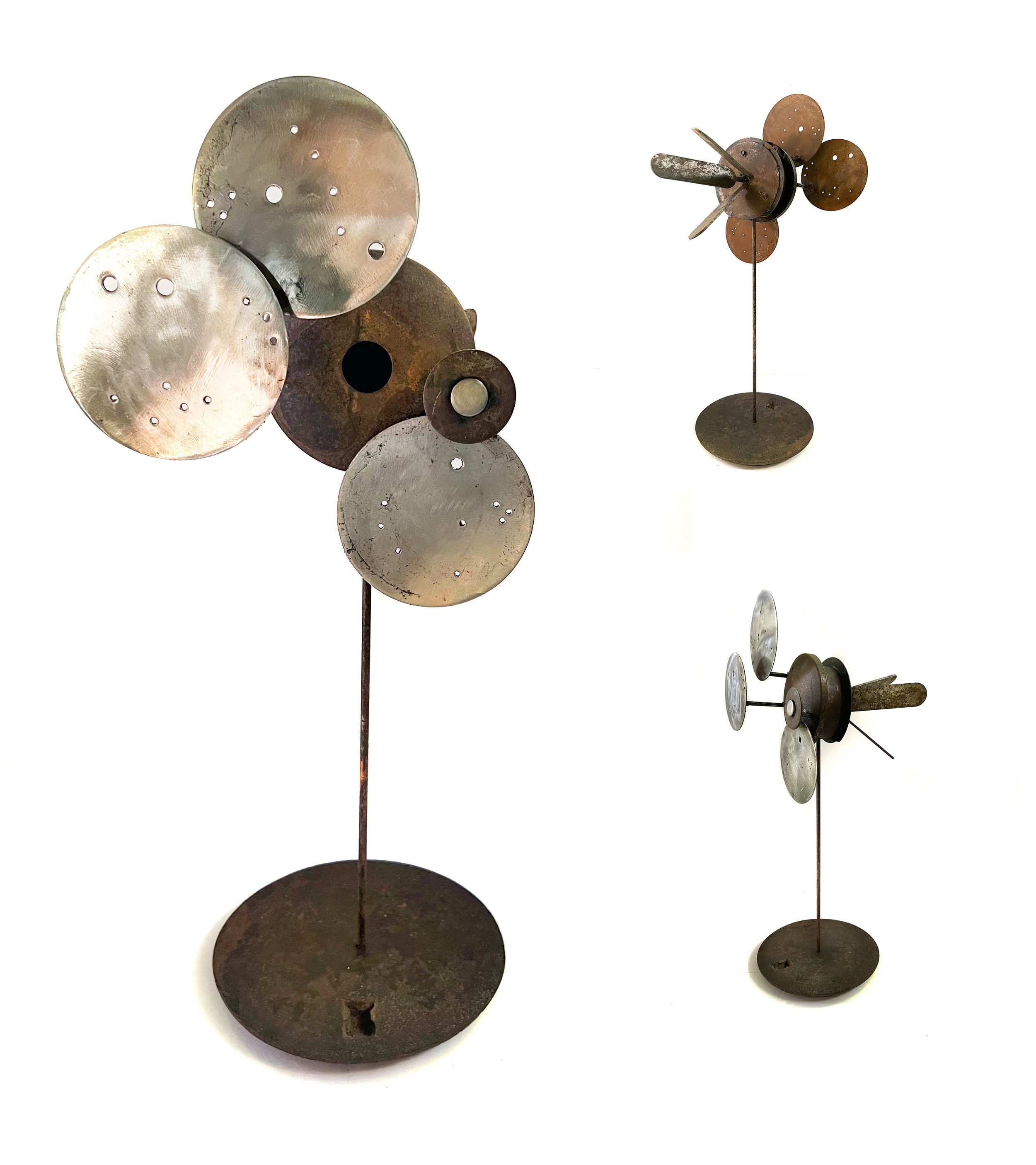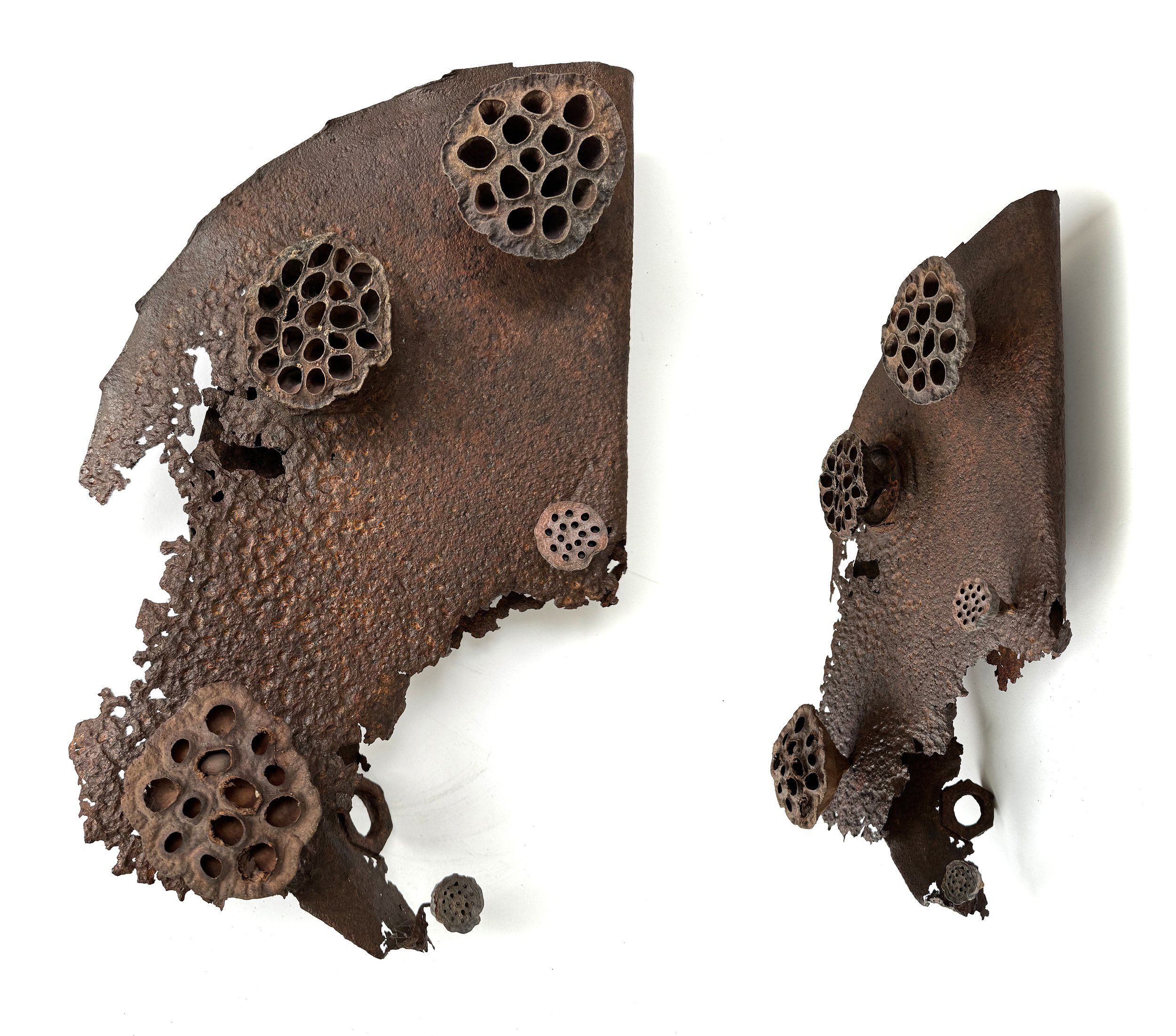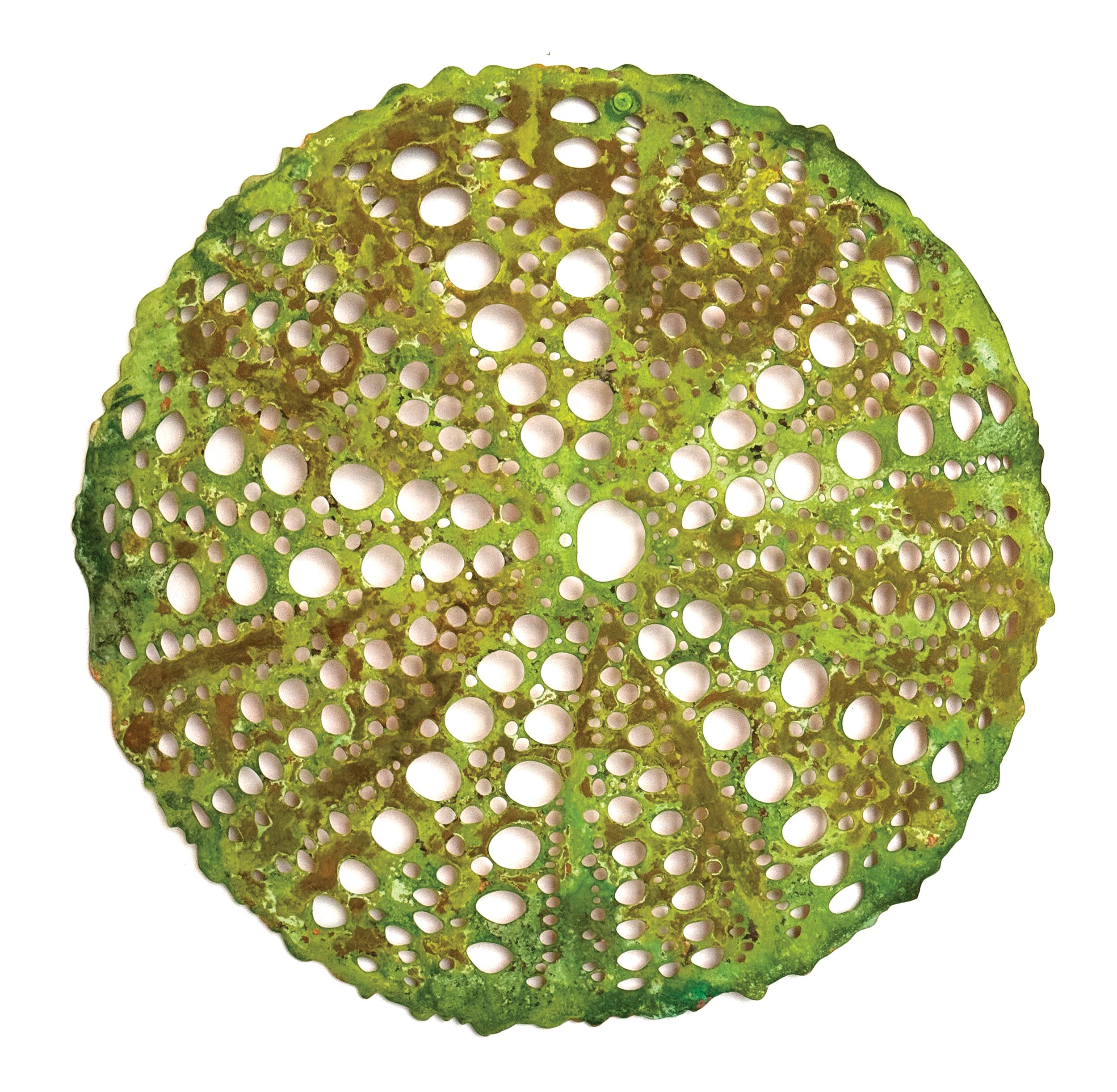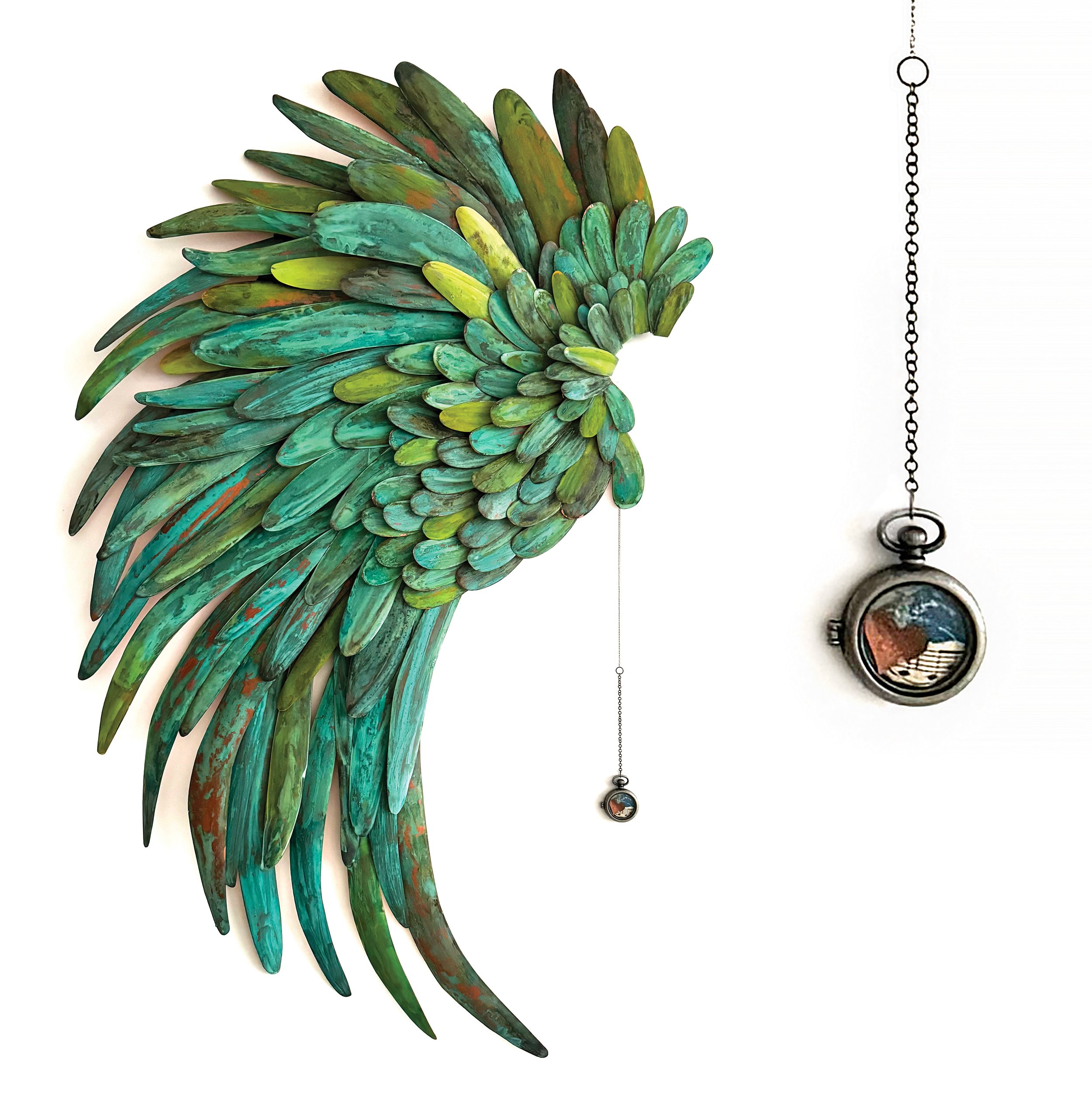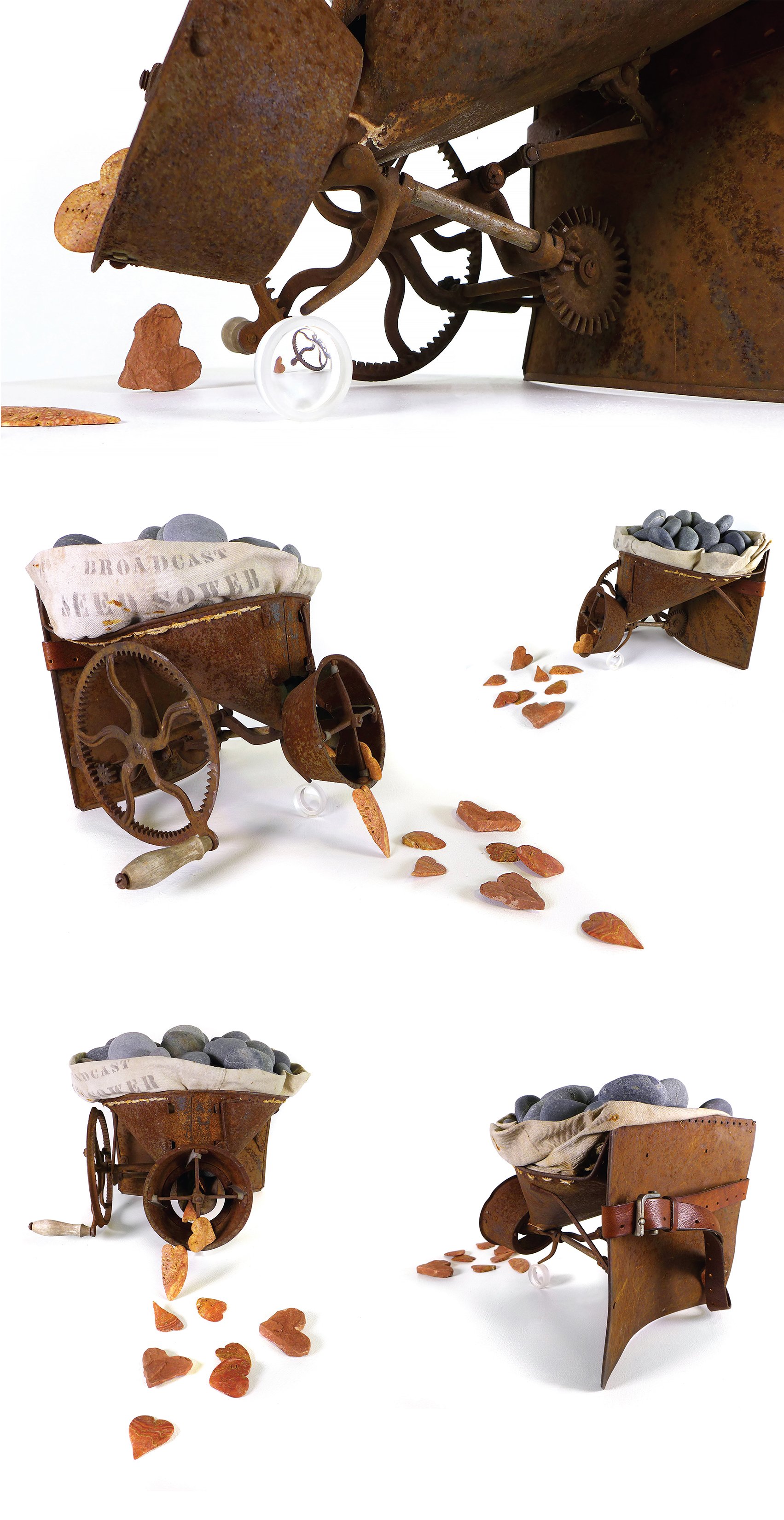Dina Torrans
Dina Torrans: Sculptor of Myth and Material
In the kaleidoscopic landscape of contemporary art, Dina Torrans stands as an artist uniquely attuned to the interconnected web of nature, humanity, and the cosmos. Her work channels a deep reverence for the organic and the metaphysical, rendering her sculptures profound meditations on our evolving relationship with the natural world and our internal mythologies. Dina Torrans’ artistic language speaks in a lexicon of juxtaposition—the industrial marries the natural, the ancient whispers to the modern, and the personal mythology merges with universal truths. Her oeuvre, rendered in an array of materials that range from bronze to wood to found objects, is a paean to the enduring power of transformation and the cyclical nature of existence.
At the heart of Dina Torrans' work lies her uncanny ability to evoke narrative through form. Each sculpture, assemblage, or installation becomes an allegorical story, laden with symbolism and open to interpretation. Her piece “Artefact II” is an exploration of rusted metal—a material that inherently carries the weight of time and entropy. This work conjures the notion of decay as a prelude to renewal. The jagged forms and circular motifs echo industrial relics reclaimed by nature, prompting reflections on the impermanence of human constructs against the vast timescale of planetary evolution.
In “Now What,” a polar bear perched atop a fractured, icy plane creates a stark vignette of environmental fragility. This miniature tableau, infused with quiet poignancy, captures the precariousness of ecosystems in the Anthropocene. Dina Torrans’ deft use of scale—rendering the bear almost as a child’s figurine—belies the profundity of the message. There is a subtle insistence that we confront the tangible and the miniature, acknowledging that the vast crises we face often find their essence in smaller, tangible details.
The “Seed Sower Self-Portrait” is equally evocative. This piece draws from the iconography of agrarian cycles while injecting personal elements. The rusted machinery, spilling its cargo of heart-shaped seeds, becomes both a metaphor for creative fertility and a commentary on labor, loss, and regeneration. Dina Torrans elevates the humble and the discarded, imbuing them with sacred significance, akin to Duchamp’s ready-mades but with a soul attuned to environmental consciousness.
Dina Torrans’ work occupies a space that recalls the sensibilities of Louise Bourgeois, with her intricate interplay of the personal and universal, and Anselm Kiefer, whose sculptures and installations similarly wrestle with history, myth, and the scars of the Earth. Like Bourgeois, Dina Torrans navigates themes of memory and interconnectedness with grace and complexity. Her sculptures, like “Heirloom,” possess the same sense of tender fragility as Bourgeois’ fabric-based works, yet Torrans integrates the organic with an emphasis on our relationship with Earth’s materials.
Meanwhile, the rusted, industrial aesthetic of “Dreamscape” could easily be read as a homage to Kiefer’s monumental works. However, Torrans’ touch is lighter, her narratives less heavy-handed. Where Kiefer wields the weight of history’s traumas, Dina Torrans instead engages with transformation and potential. There is a quiet optimism in her pieces, even as they acknowledge entropy and decay.
Her work also shares affinities with the land art of Andy Goldsworthy and the assemblages of Joseph Cornell. Goldsworthy’s ephemeral constructions echo in Torrans’ sensitivity to materiality and impermanence, while Cornell’s poetic arrangements of objects resonate in her careful juxtapositions. Dina Torrans, however, infuses her assemblages with a more explicitly ecological and mythological consciousness, making her pieces a unique hybrid of these influences.
Dina Torrans’ sensitivity to materials is a cornerstone of her practice. Bronze, clay, gypsum, wood, and found objects serve as her palette, each imbued with inherent symbolism. Rusted metal—a recurring medium—is emblematic of both human industry and nature’s reclamation. This duality is central to her work; her sculptures often present metal in states of corrosion, suggesting that decay is as much a creative force as it is destructive.
In “Find Me on a Seabed,” Torrans manipulates delicate, organic forms to create a structure that feels simultaneously fossilized and futuristic. The porous, honeycombed textures evoke marine organisms, coral reefs, or ancient artifacts—a tactile reminder of life’s persistence through epochs. The piece resonates with themes of fragility and resilience, suggesting that even in ruin, beauty and meaning endure.
Color, when it appears, is used sparingly and evocatively. The verdant patina of “Under It All” evokes natural growth overtaking human constructs, while the earthy hues of “Being There: Earthward” align the work with soil, roots, and the grounding forces of nature. These colors are not ornamental but elemental, reinforcing Torrans’ commitment to grounding her practice in the cycles of the natural world.
Dina Torrans’ thematic concerns—nature, belief systems, evolution, and interconnectedness—are seamlessly integrated into her aesthetic. Her sculptures act as nodes in a broader web of meaning, inviting viewers to consider their place within ecological, temporal, and metaphysical systems. The heart-shaped leaves in “Tree of Hearts” symbolize not just love but also growth and fragility, a reminder of the tenderness required to sustain both human relationships and the environment.
Her work also grapples with myth—both personal and collective. In her artistic process, she excavates her own personal mythology, yet the results resonate with archetypal symbols. Her use of chains, locks, and industrial elements in pieces like “Cosmic Time Machine” conjure associations with confinement, control, and the potential for liberation. The interplay between the human and the cosmic suggests that Torrans sees herself as a conduit, channeling universal truths through personal exploration.
Found objects play a pivotal role in Dina Torrans’ practice, bridging the gap between the ephemeral and the eternal. Her ability to recontextualize discarded materials into poetic forms speaks to her talent for transformation. These objects—often rusted, worn, or broken—carry the weight of their histories, and Dina Torrans honors these histories even as she reshapes them. In this, she is aligned with the traditions of assemblage artists like Kurt Schwitters and Betye Saar, but Dina Torrans’ ecological and evolutionary focus sets her apart.
The integration of found objects also serves as a meditation on waste and renewal. By granting these materials new life, Dina Torrans critiques the disposability of modern consumer culture and celebrates the potential for regeneration. Her work becomes an act of environmental stewardship as much as it is an artistic endeavor.
Dina Torrans’ sculptures are acts of communion—with nature, with history, with myth, and with the future. Her practice, rooted in the tangible yet transcendent, reminds us of the interconnectedness of all things. Torrans weaves together disparate threads—industrial and organic, ancient and modern, personal and universal—to create a tapestry that is at once richly textured and deeply meaningful.
Her ability to draw profound narratives from rusted metal, fractured gypsum, or discarded objects is a testament to her sensitivity as an artist. Dina Torrans’ work speaks to the resilience of life in the face of entropy, the necessity of transformation, and the enduring beauty of impermanence. It invites us to reflect on our own roles within the ecological and metaphysical cycles she so eloquently renders.
As we navigate an era fraught with environmental and existential challenges, Dina Torrans’ art offers a beacon of hope and introspection. Her work challenges us to see decay not as an end but as a beginning, to recognize the sacred in the mundane, and to embrace our interconnectedness with the world around us. In Dina Torrans, we find an artist who not only sculpts materials but also sculpts meaning, offering us a profound meditation on the art of being in a rapidly evolving world.
Stories We Tell, 2021, steel, 61cm x 46cm x 41cm
Now What?, 2024, marble and mixed media, 92cm x 35cm x 19cm
Dreamscape, 2023, steel, 59cm x 28cm x 31cm
Cosmic Time Machine, 2022, steel, 59cm x 28cm x 31cm
Artefact II, 2024, steel, 70cm x 50cm x 15cm
Being There and Earthward, 2018, bronze, marble and wood, 25cm x 30cm x 30cm
Find Me on a Seabed, 2024, copper, 60cm x 60cm x 5cm
Under It All, 2017, wood, copper and moss, 60cm x 25cm x 25cm
Heirloom #12 International Languages, 2023, copper and mixed media, 145cm x 110cm x 8cm
Seed Sower (Self Portrait), 2021, mixed media, 60cm x 44cm x 41cm






